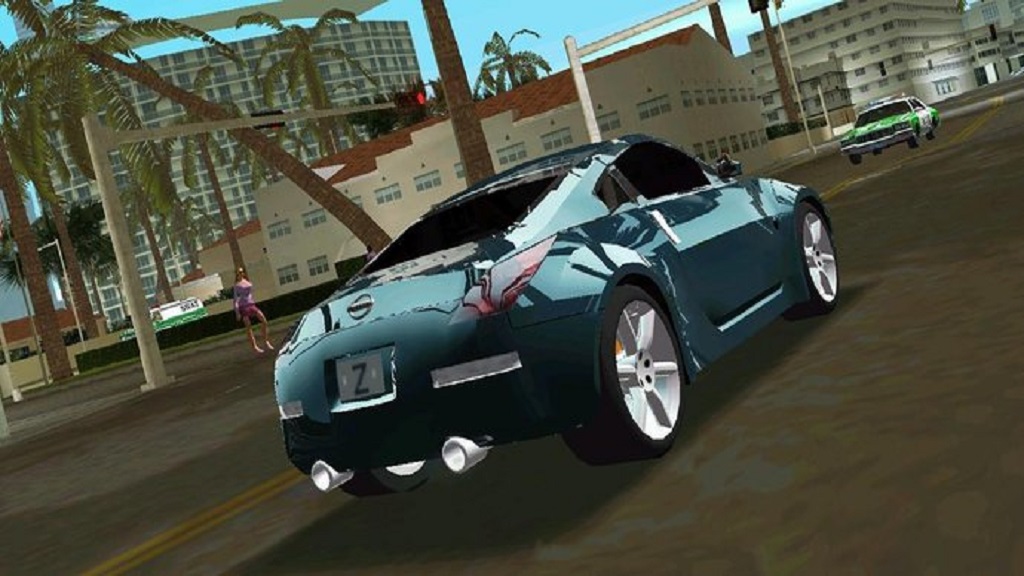
Amid India’s chronically dirty air, industry leaders argue, a few festivities are not a factor in the country’s respiratory problems.Įxperts contest both assertions. Hindus say it is their religious right to set off firecrackers, while manufacturers insist that any spike in pollution from their products is only temporary. The reluctance of authorities to take action in the face of all the evidence comes down to a combination of religious zeal and environmental apathy. It turned the petition down, instead reprimanding the government for not publishing public service advertisements discouraging firecrackers as it had asked in a ruling 10 years ago. The Supreme Court responded that the use of loud fireworks between 10AM and 6AM is already prohibited to limit noise pollution, and said that an all-out ban was unrealistic. Unsurprisingly, a Sivakasi-based group opposed the plea, claiming that the lives of 1.3 million employees of the firecracker industry would be affected. “The smoke… during the festivals of Dussehra (a Hindu celebration in October) and Diwali virtually clogs the atmosphere and magnifies the risk of contracting lung diseases.” “Our lungs have not yet fully developed and we cannot take further pollution through bursting of crackers,” said the petition, drafted by the toddlers’ families. Two 6-month-olds and a 14-month-old appealed for immediate restrictions on the use of fireworks on the basis of their fundamental right to life and clean air. “It causes an exaggeration of respiratory illnesses, and the most affected group is really young children.”Īdvocates recently came up with a novel way to highlight the problem: they petitioned the Supreme Court on behalf of their infant children. “The body’s filtering mechanism doesn’t work against this small particulate matter,” Polash Mukherjee, a research associate at the CSE who has worked extensively on firecracker emissions, told GlobalPost. It was three times as high as Delhi’s average real levels, which are already considered unsafe. Last Diwali in Delhi, for example, the center recorded a level of PM2.5, the fine particulate matter that can enter the lungs and blood stream, that was ten times the recommended standard. Its readings show that levels of carbon dioxide and particulate matter - particles of pollution suspended in the air - increase significantly during the festivities leading up to Diwali, and are the highest on the day itself. And according to the Center for Science and Environment (CSE), a policy research organization, standards for what goes into fireworks are either non-existent or not imposed, allowing firecrackers to emit abundant toxic fumes into the environment. Fire hazards and burn injuries during celebrations are common. Fatal accidents and fires in its factories are an annual affair.Īccording to Chaurasia, ignoring safety measures and hiring children allows for massive profit margins.Ĭonsumers aren’t safe either. Chaurasia, the chairperson of Bachpan Bachao Andolan, which is currently campaigning against firecrackers.Ĭhaurasia gave the example of Sivakasi town in the state of Tamil Nadu, which he said was home to 80% of India’s fireworks production. “During the festive season thousands of children are trafficked and used as cheap labor… and made to work in very hazardous conditions where a blast or tiny spark often leads to accidents,” says R.S. Many Indian children, though, are too familiar with these crackers - because they make them. Every Indian child grows up knowing the names of each different kind.


Entire towns are dedicated to the manufacture of these crackers.

According to children’s rights NGO Bachpan Bachao Andolan, India produces nearly $38 million worth of firecrackers every year, most of which are sold in the weeks leading up to Diwali. Two practices define Diwali - lighting earthen lamps all over the house, and setting off firecrackers. It is also the day that air pollution across India spikes to five to eight times above the safe standard. Diwali is considered to be the Hindu new year, the day on which winter “officially” arrives, and a time to pray for prosperity by felicitating the goddess of wealth. Houses are cleaned out, decorative lamps are lit, families reunite and gifts are exchanged. 11, every neighborhood in India becomes more beautiful. In the week leading up to the Hindu festival of Diwali, which falls this year on Nov.


 0 kommentar(er)
0 kommentar(er)
